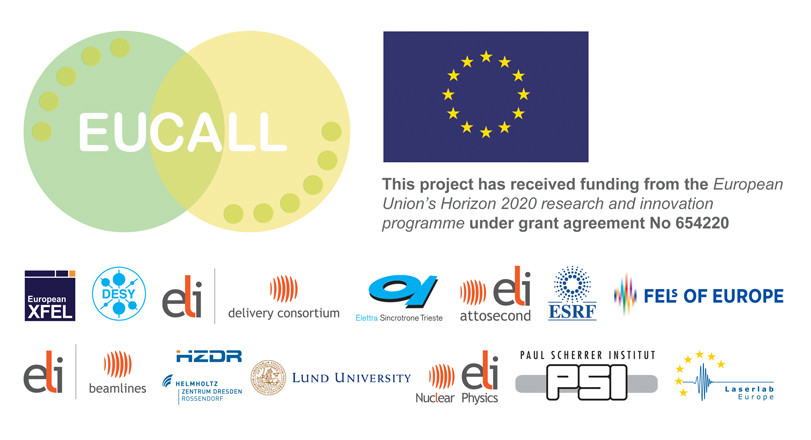New EU project: Guiding light for the world's brightest light sources
EUCALL will build bridges between major laser and X-ray research centres: For the past half-century, two special kinds of light have changed the landscape of research. Advanced visible-spectrum optical lasers have propelled studies into ultrafast processes, new materials, telecommunications, and many other fields, while intense X-rays produced at synchrotrons have helped image tiny structures and otherwise invisible parts of matter, enabling huge leaps in biochemistry, pharmacology, and materials science. New developments have enhanced the generation of X-rays at optical-laser and accelerator facilities, resulting in the creation of large international research centres. The European Union is now funding a 7 million-euro effort to bring these research centres together through the European Cluster of Advanced Laser Light Sources (EUCALL) project. The project will be managed by European XFEL, an X-ray free-electron laser facility currently under construction in the Hamburg area of Germany.Also involved are five other institutes: DESY, which operates the FLASH and PETRA III X-ray user facilities, in Hamburg, Germany; Elettra, which operates the 2-stage seeded FERMI free-electron laser user facility, in Trieste, Italy; Helmholtz-Zentrum Dresden-Rossendorf, which operates high-power optical-laser facilities and a free-electron laser, in Germany; Lund University, which is building the MAX-IV synchrotron, in Sweden; and Paul Scherrer Institut, which is building the SwissFEL X-ray free-electron laser, in Villigen, Switzerland.
